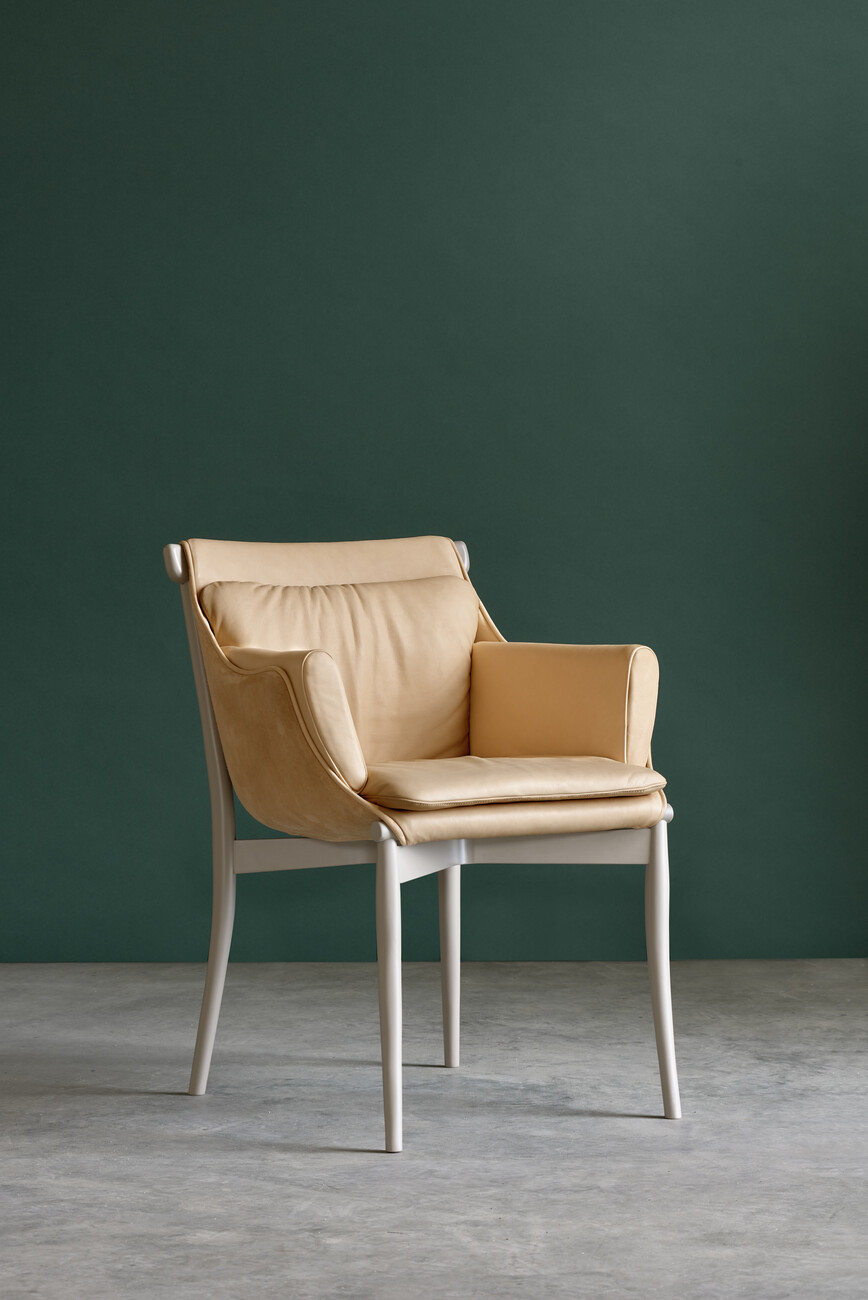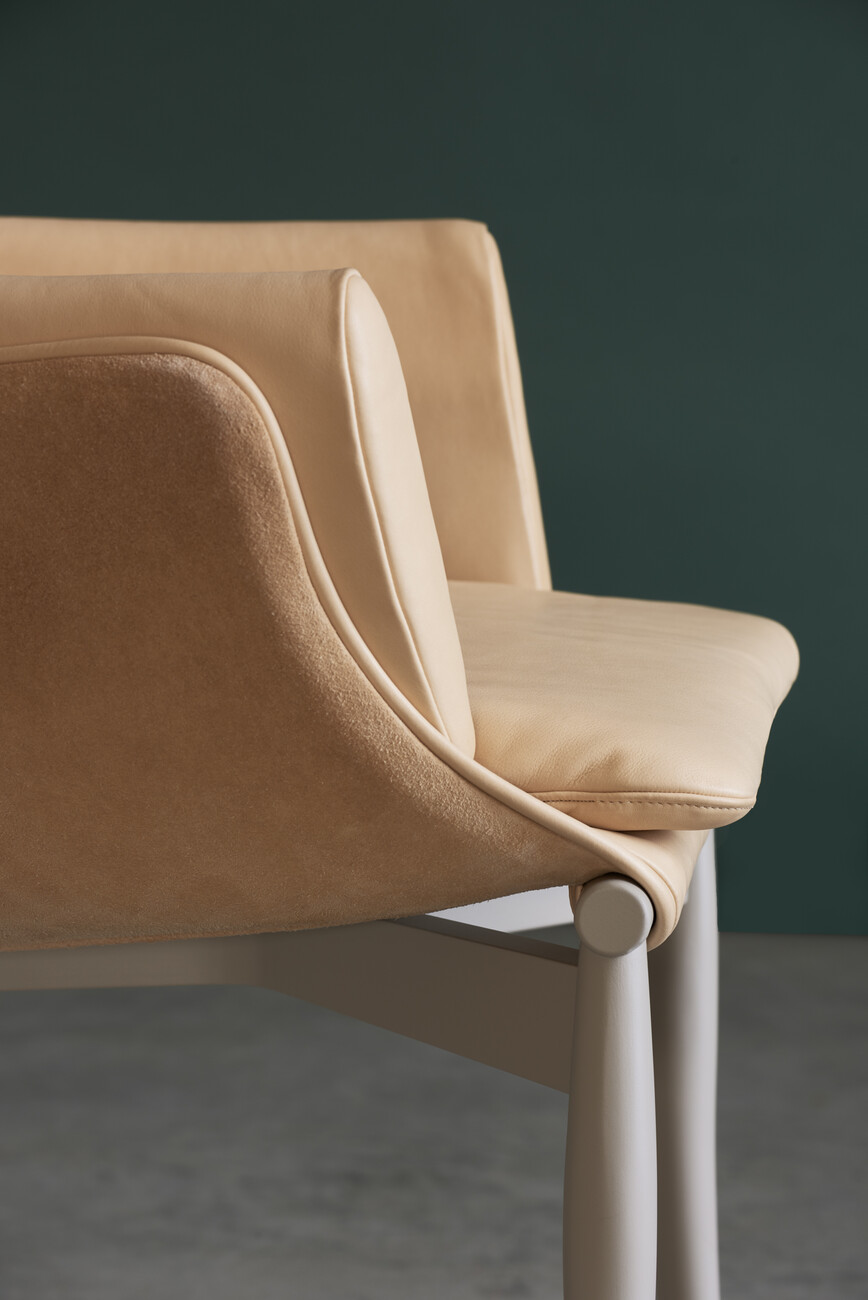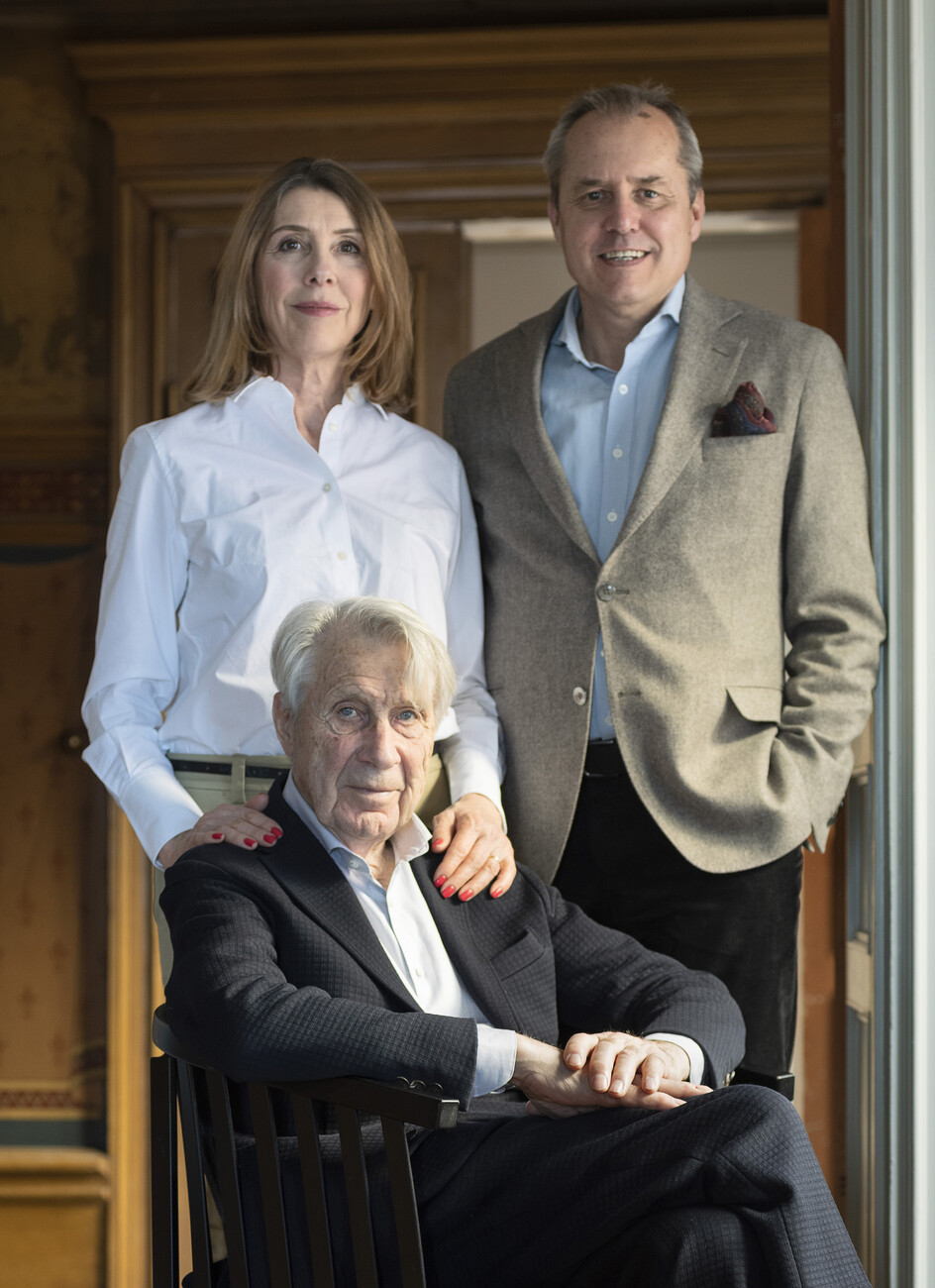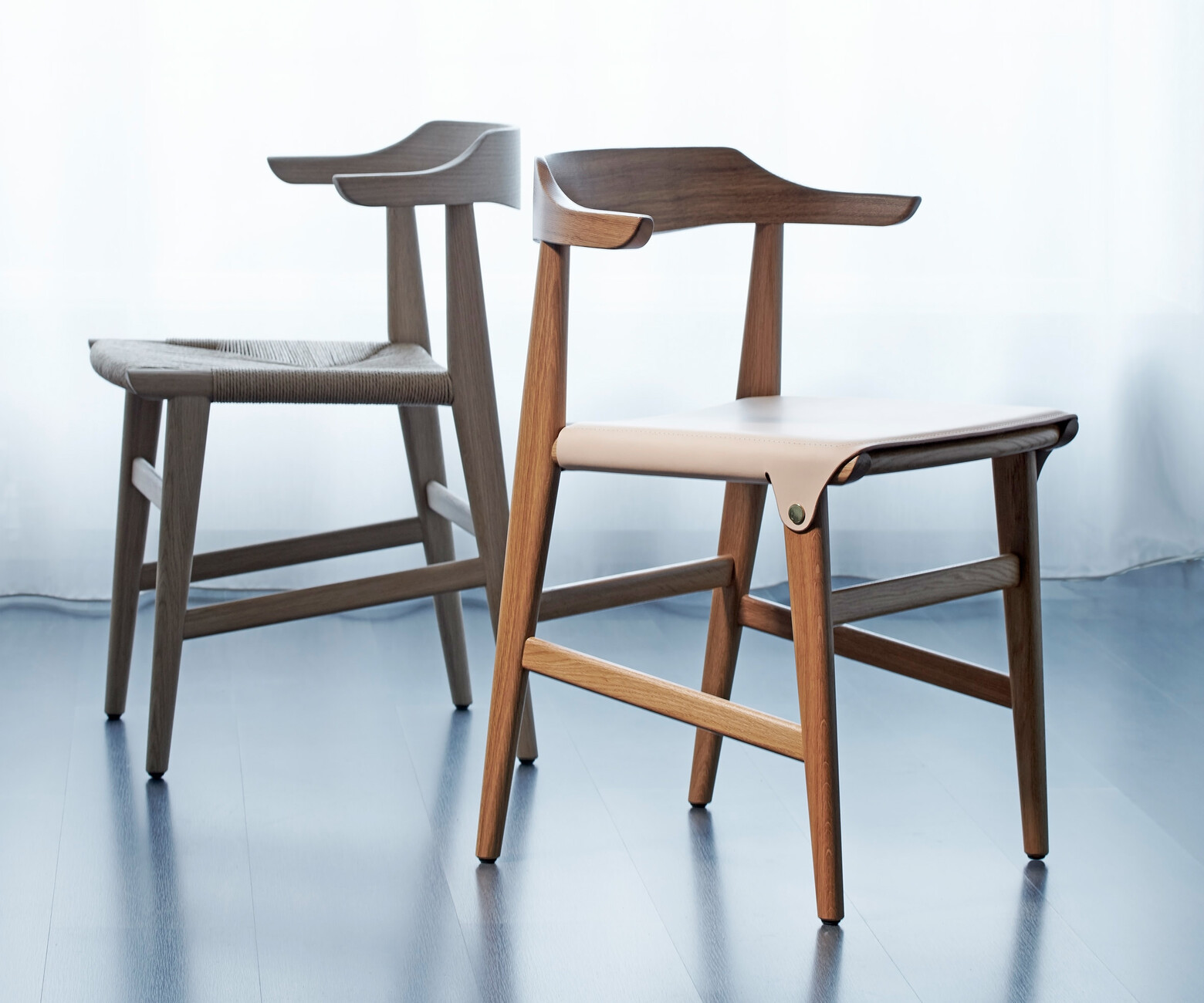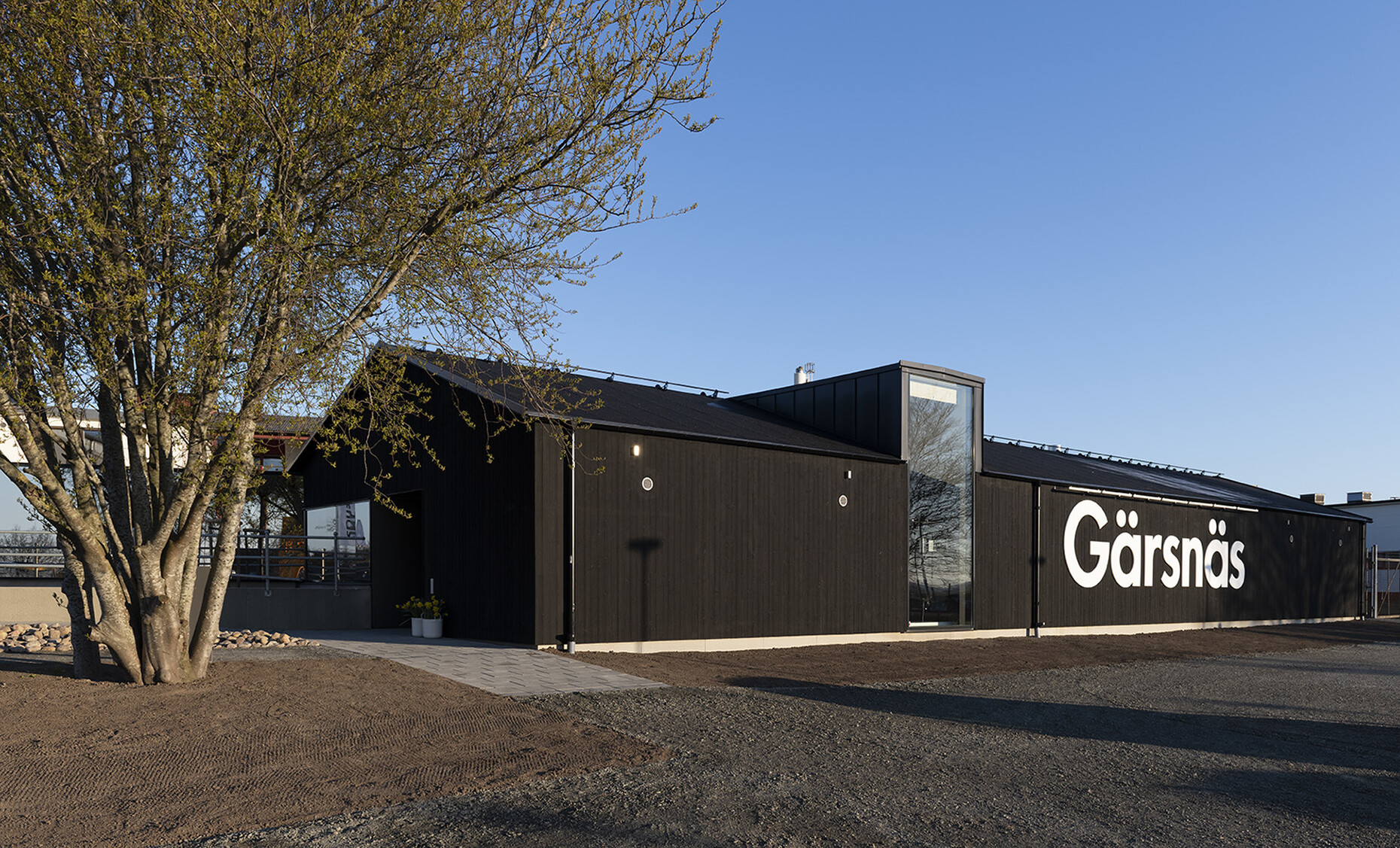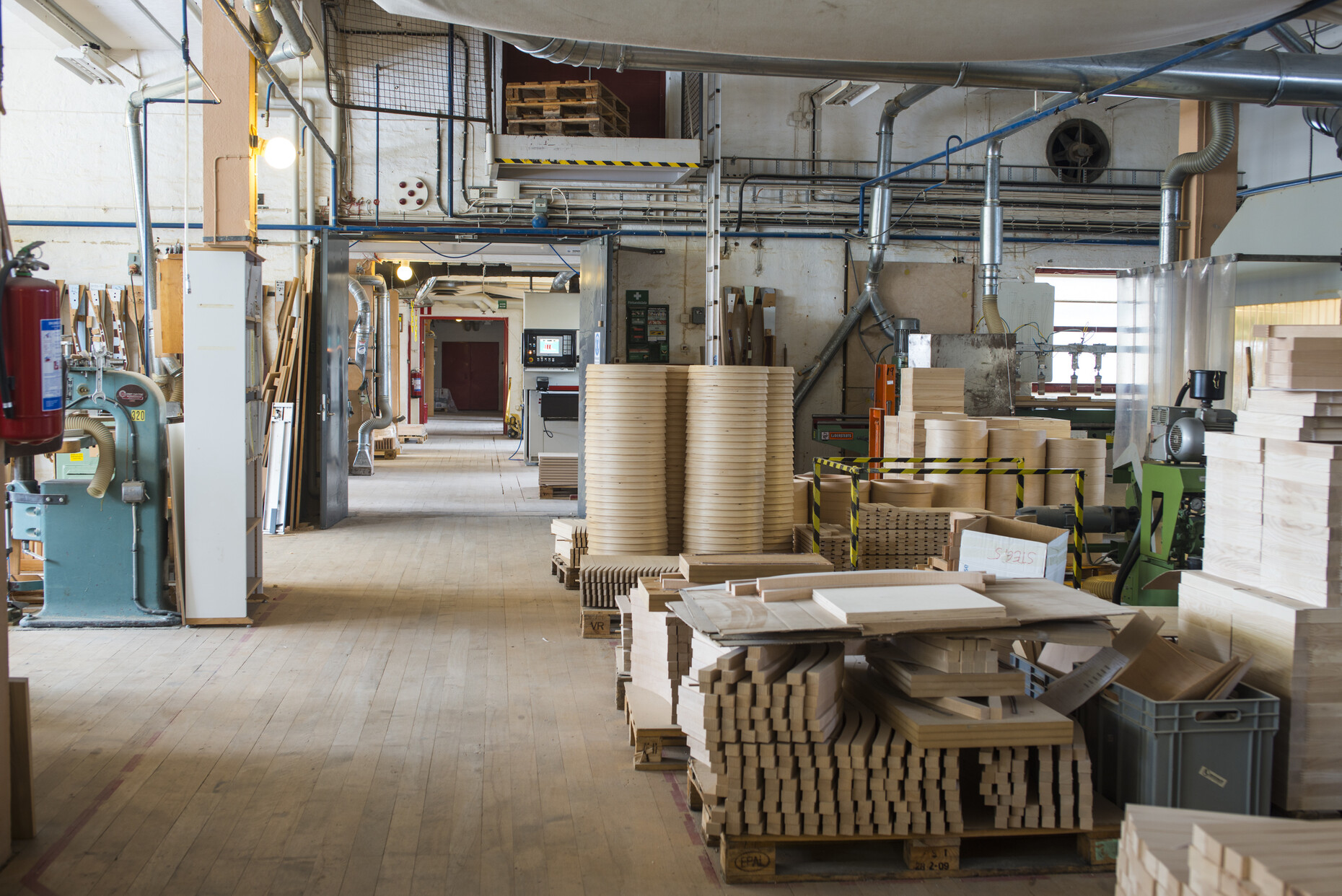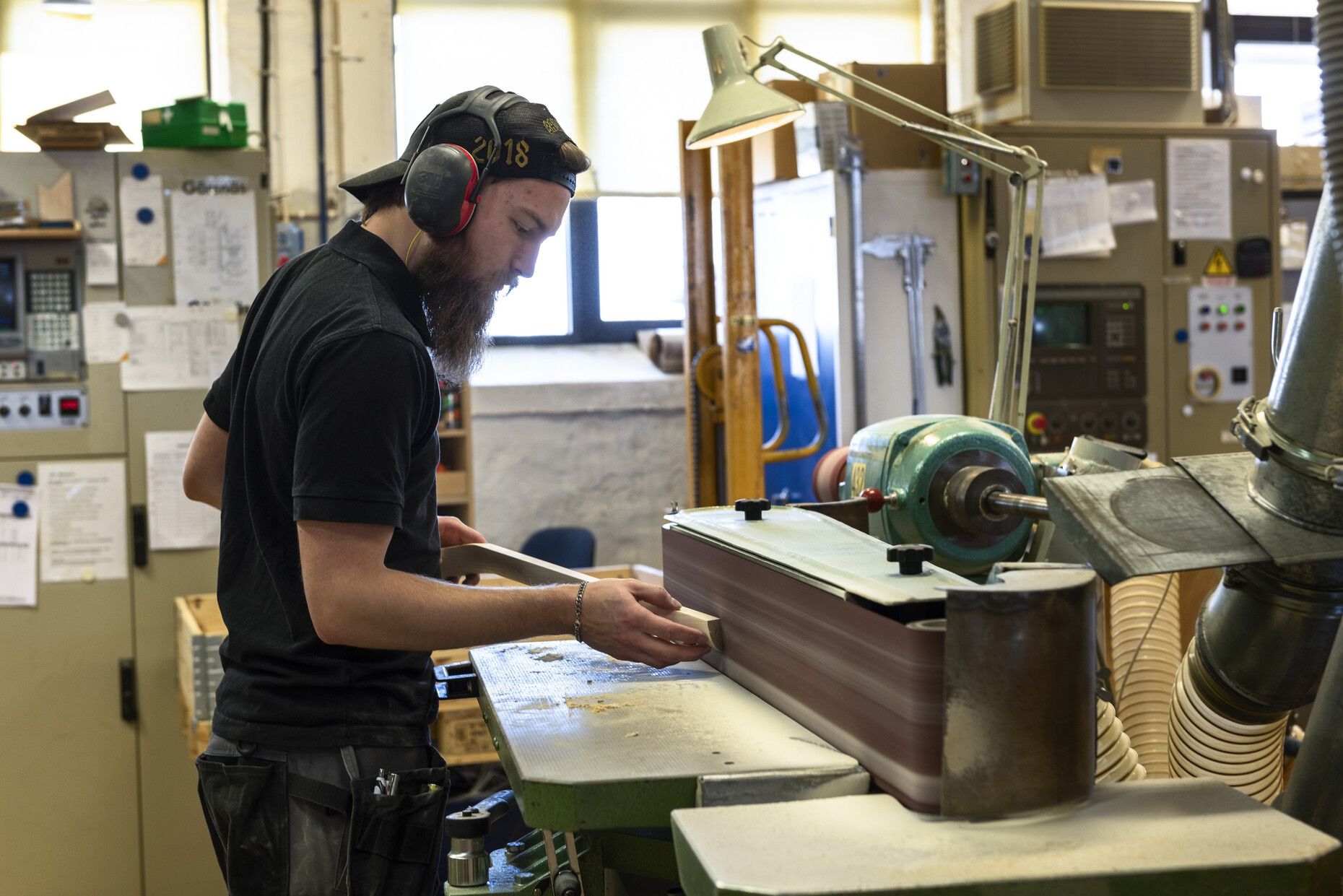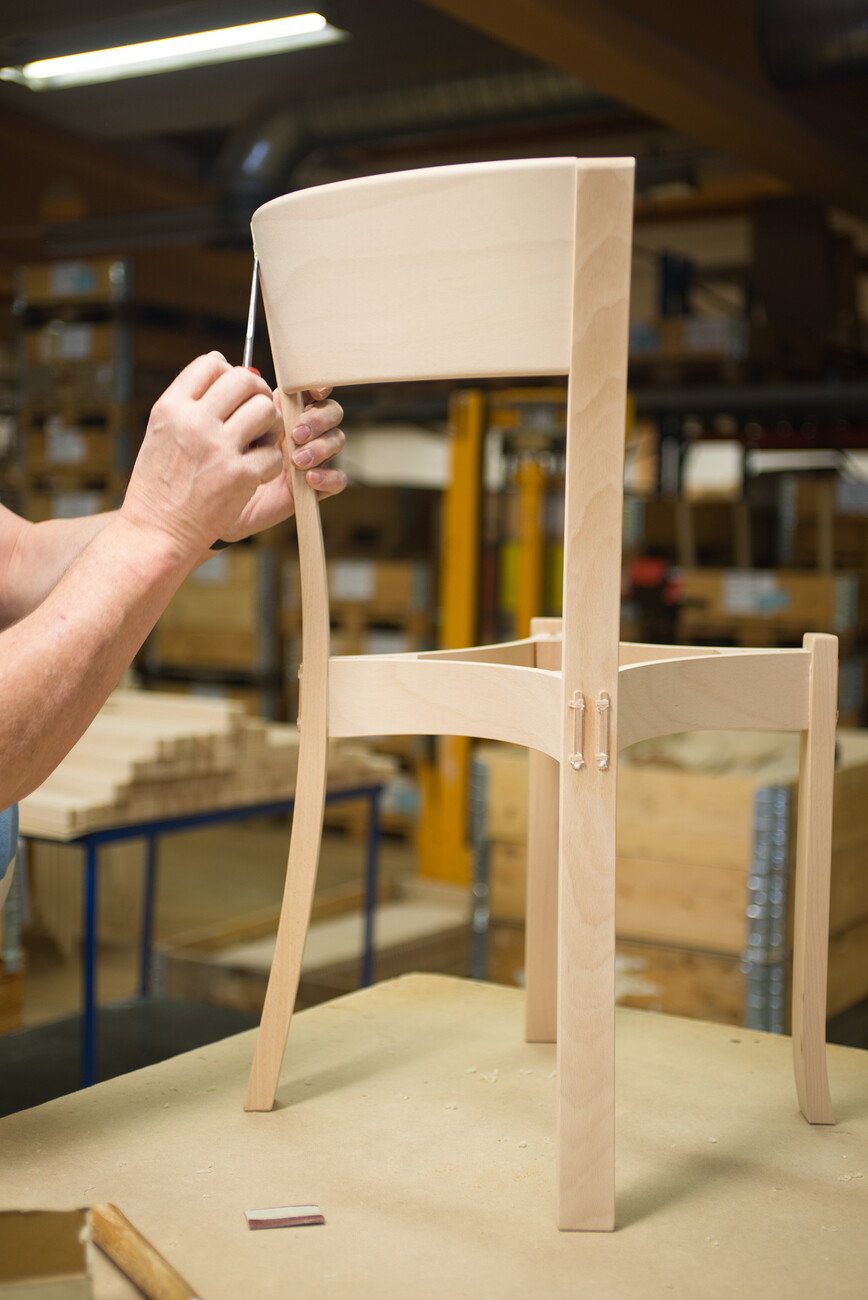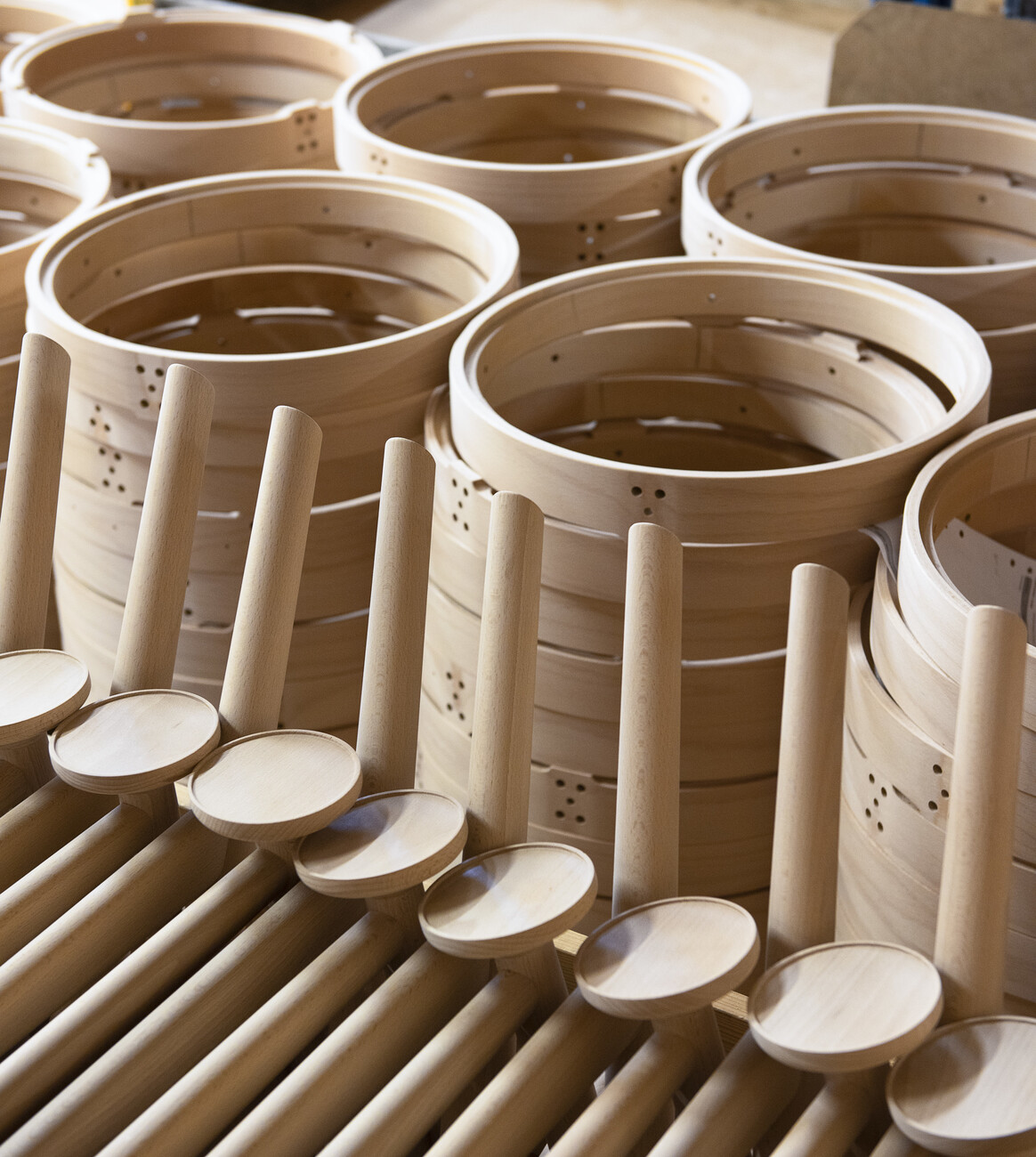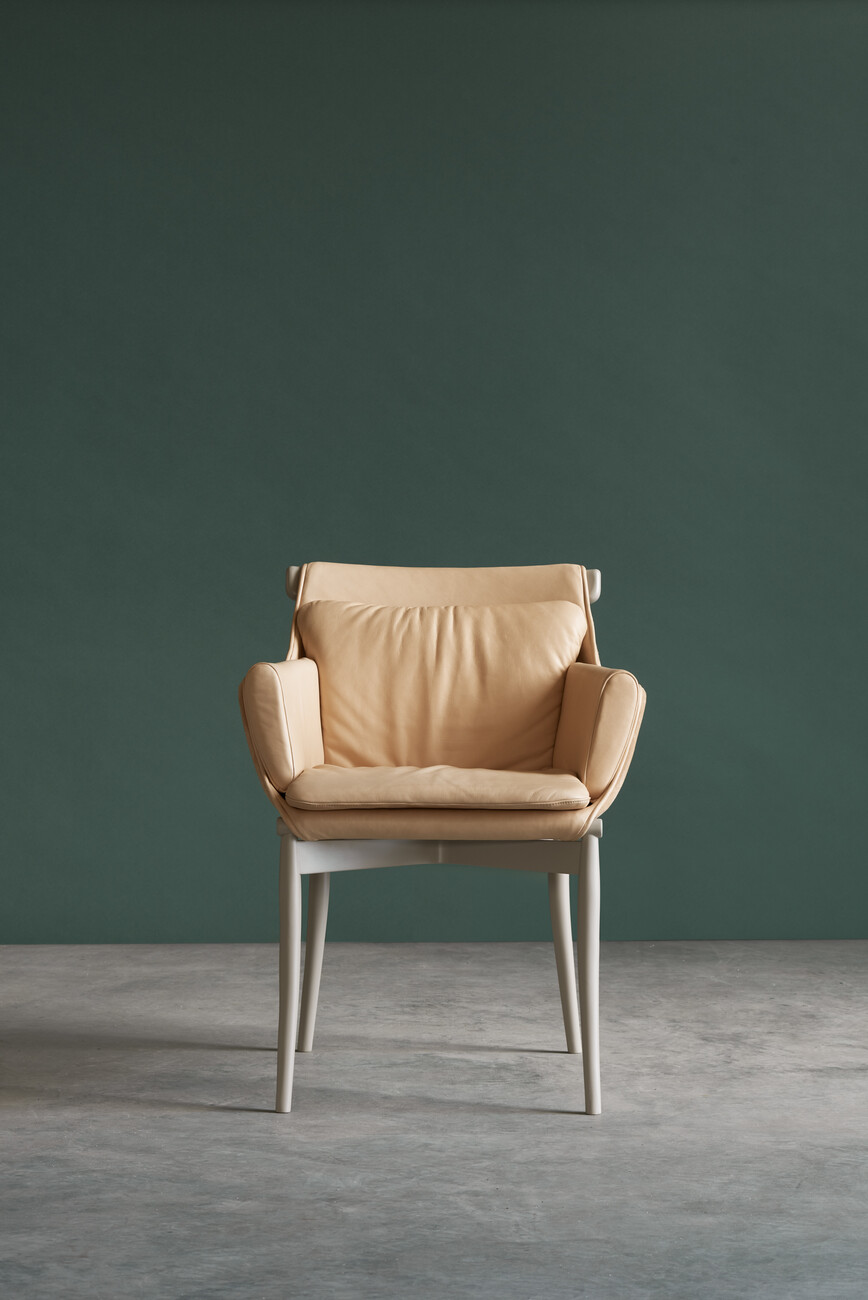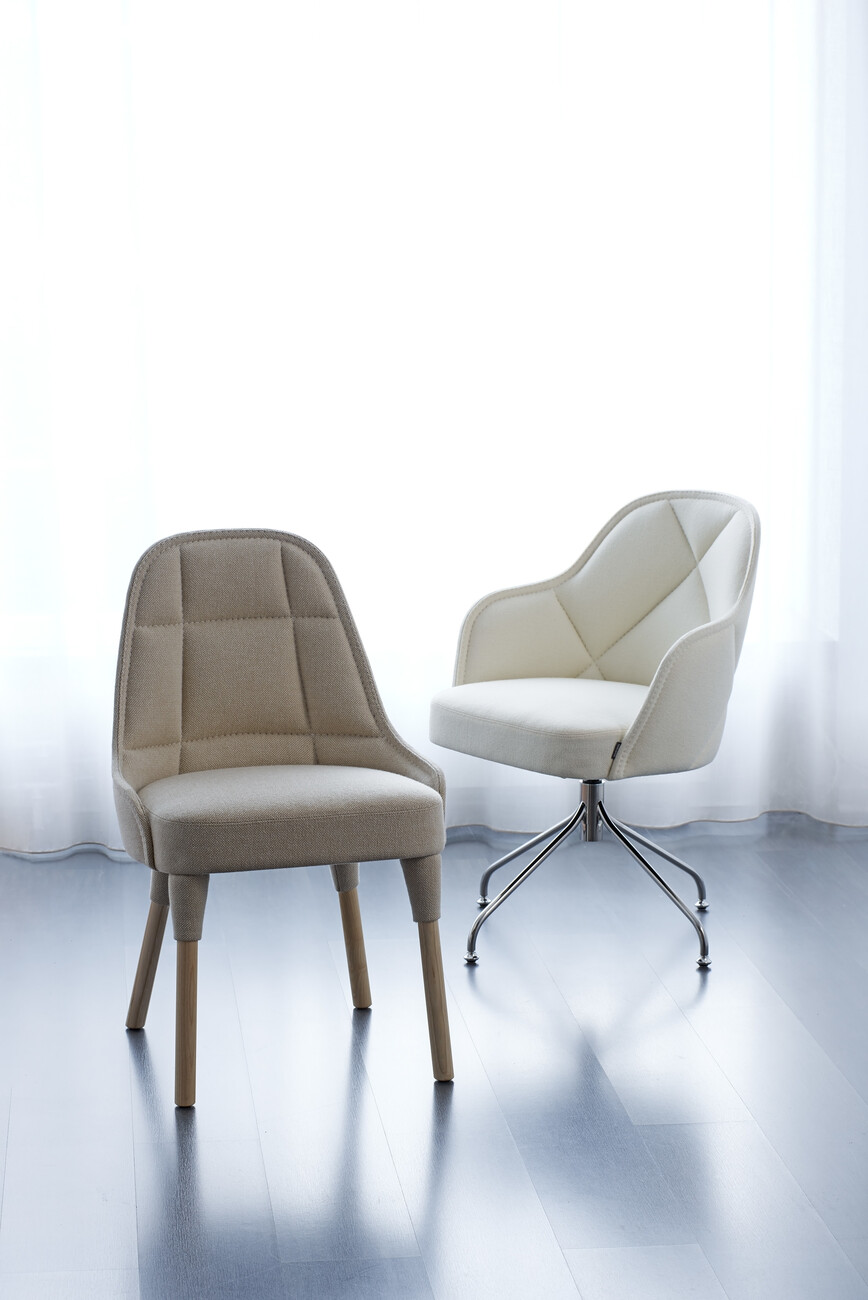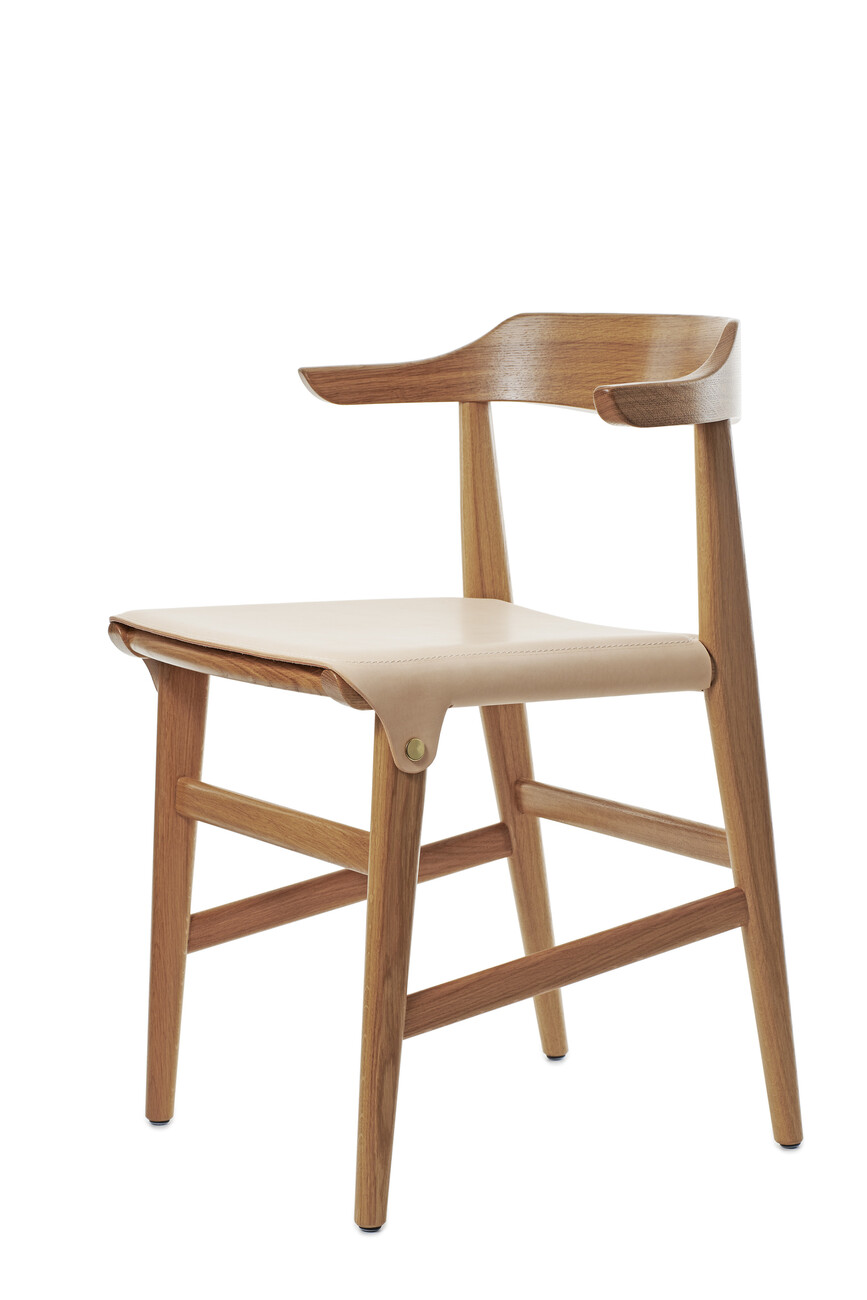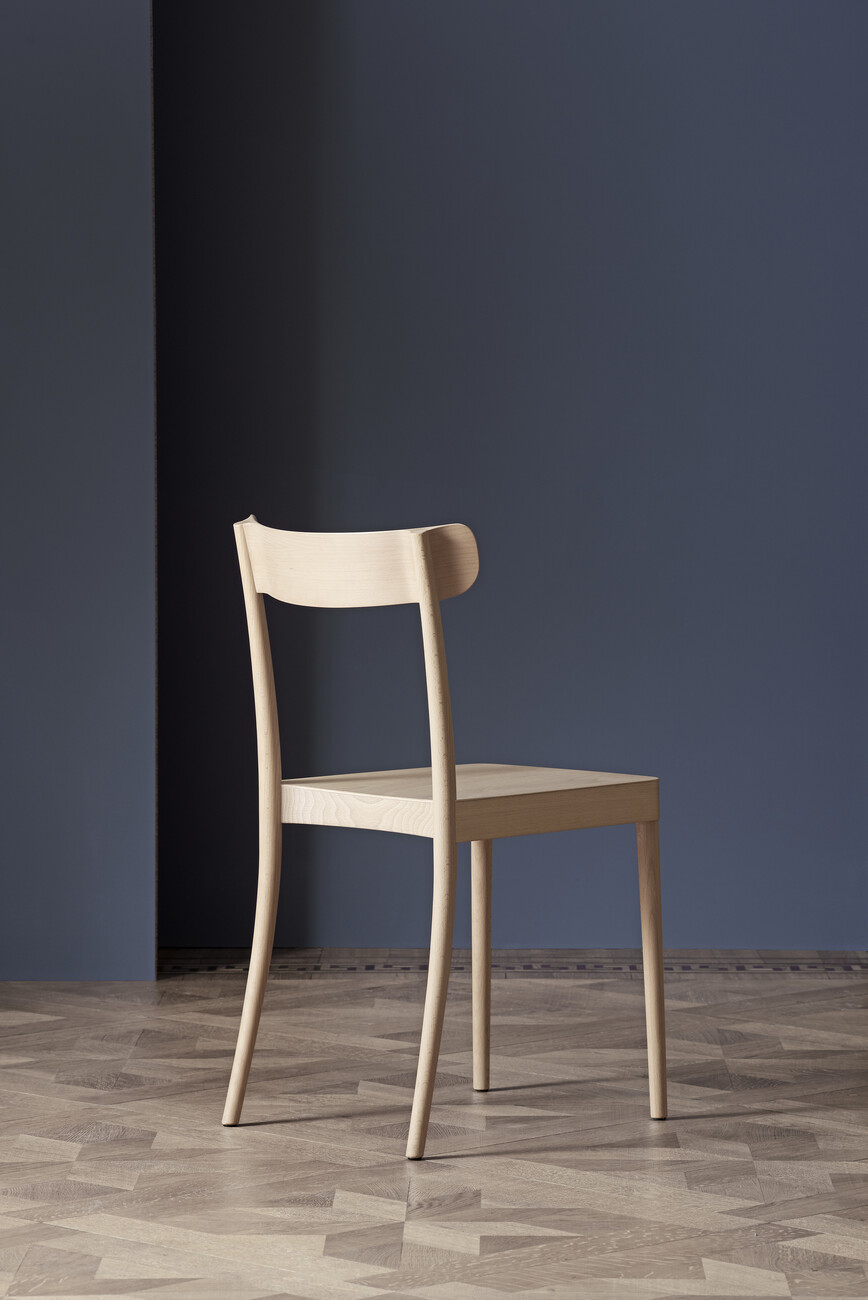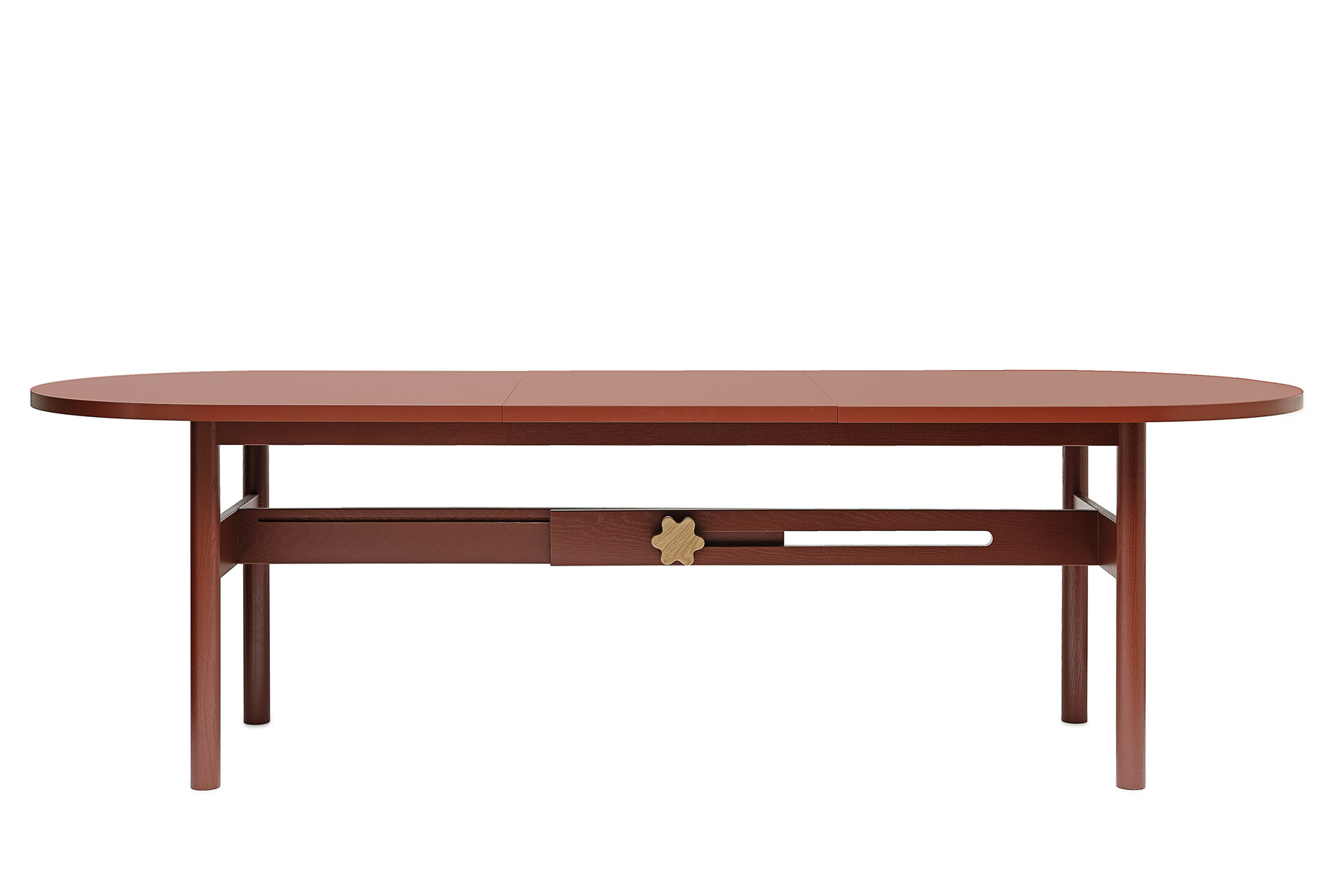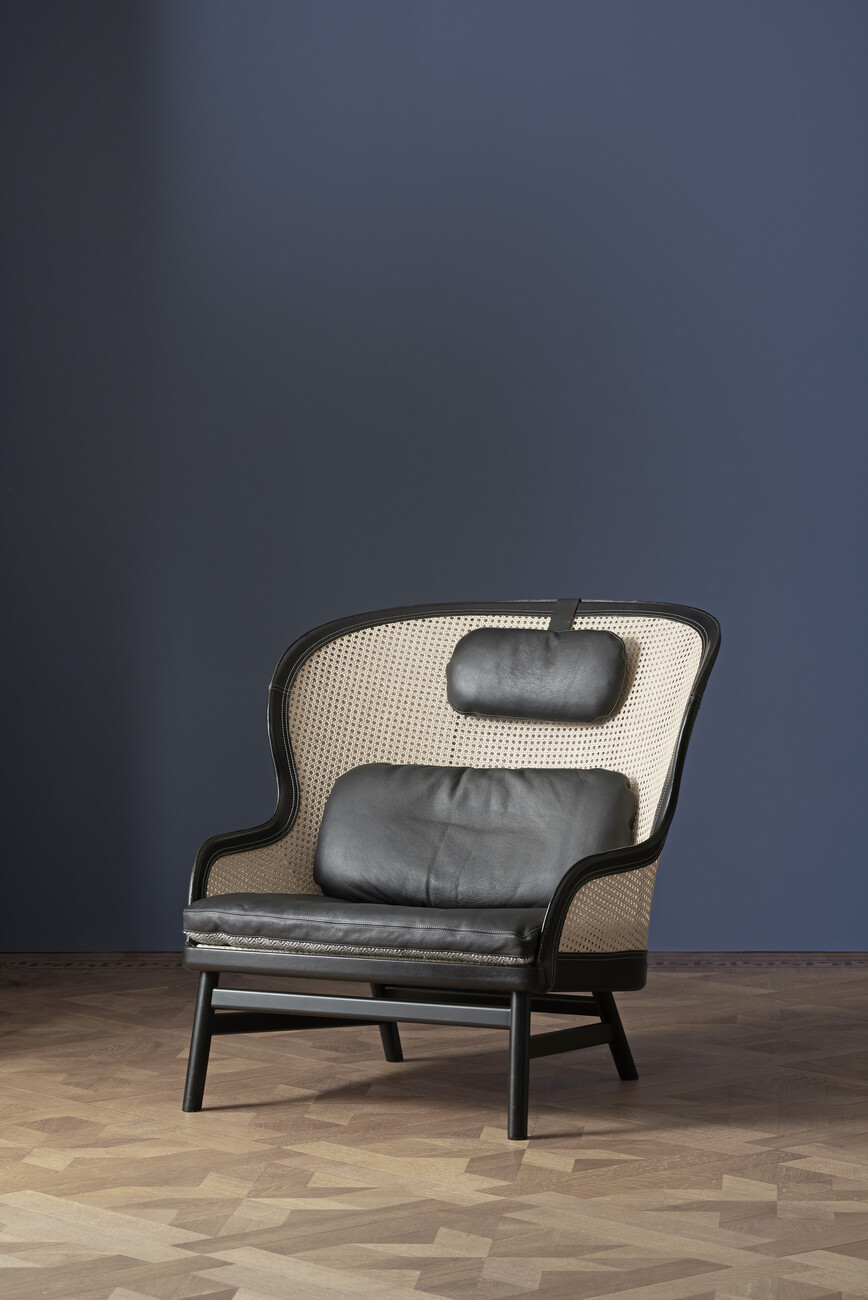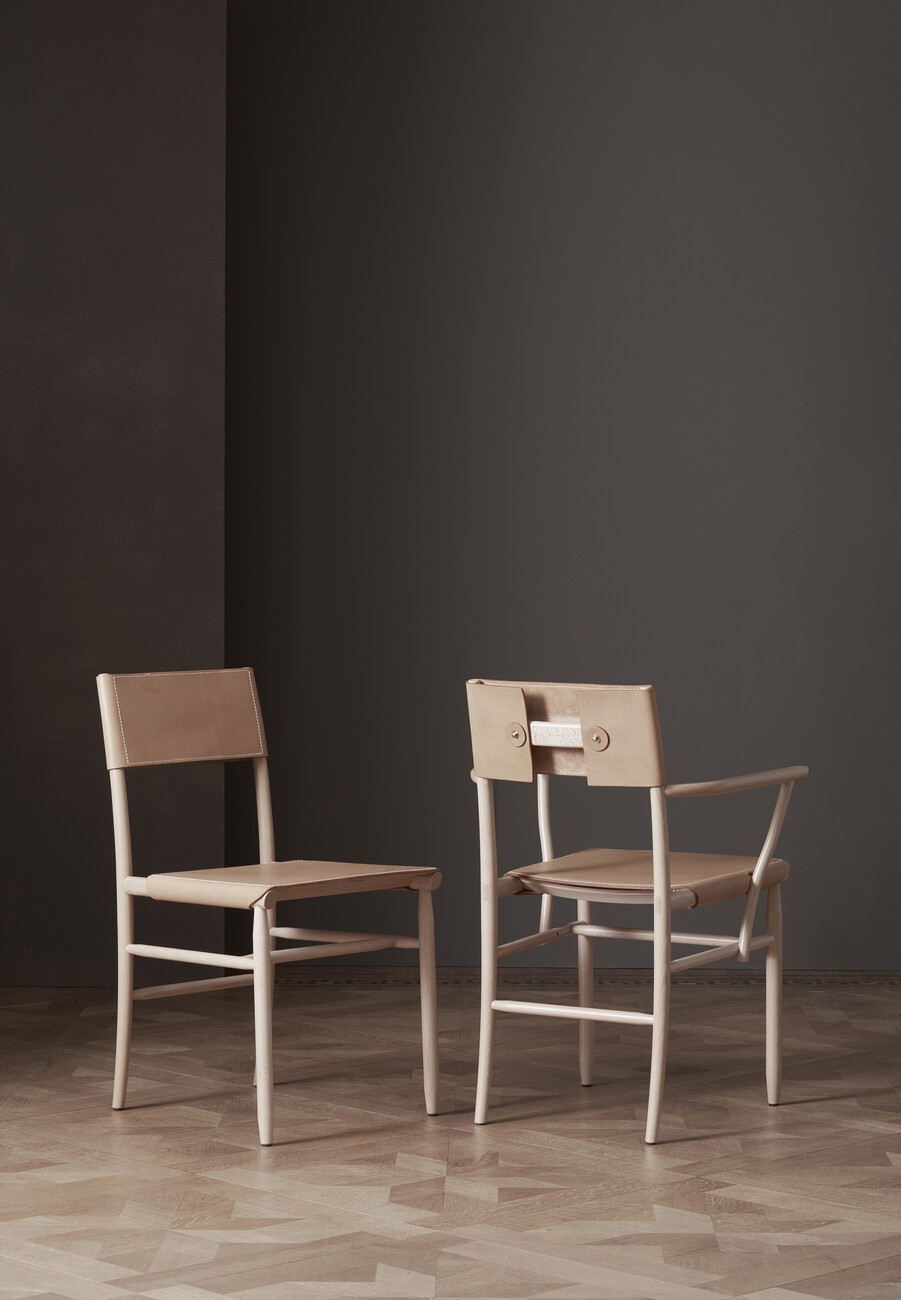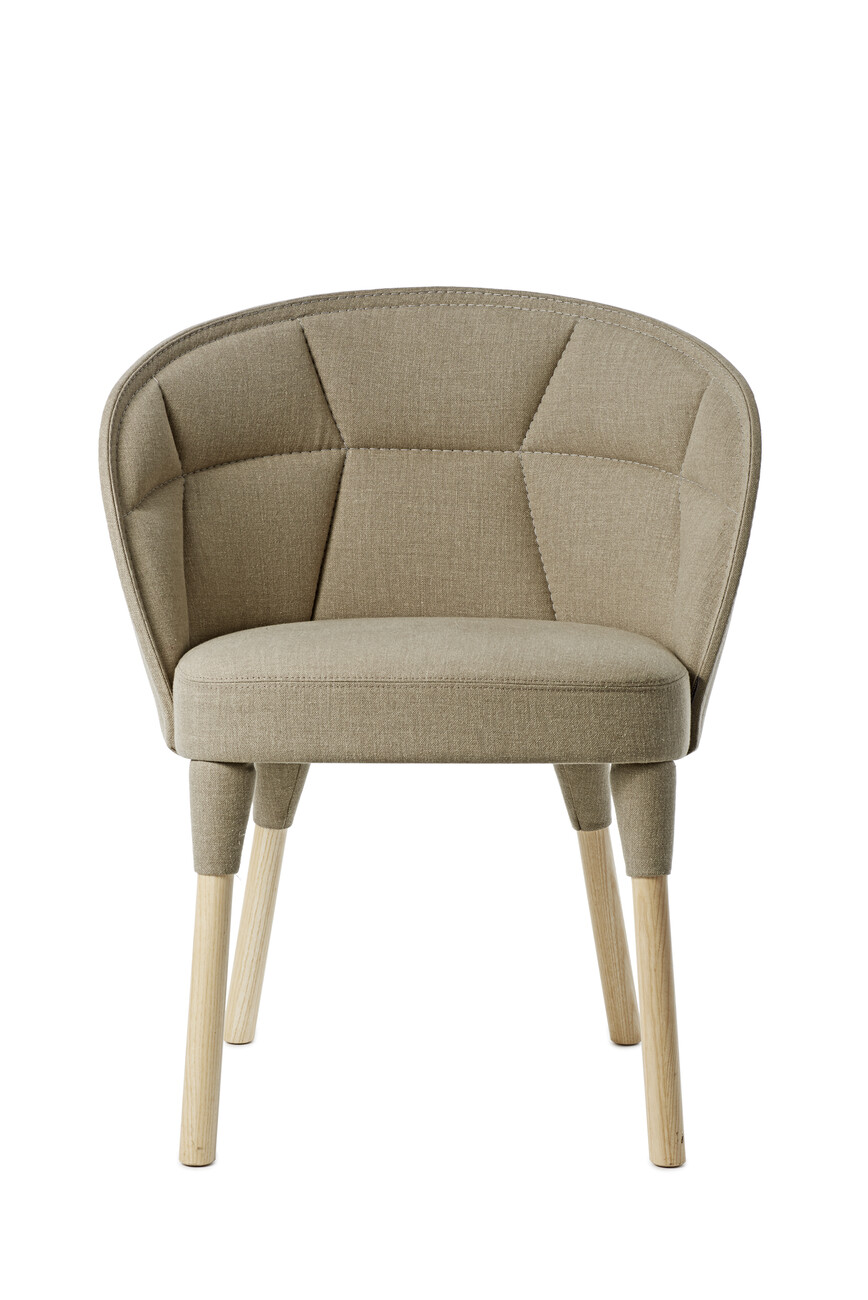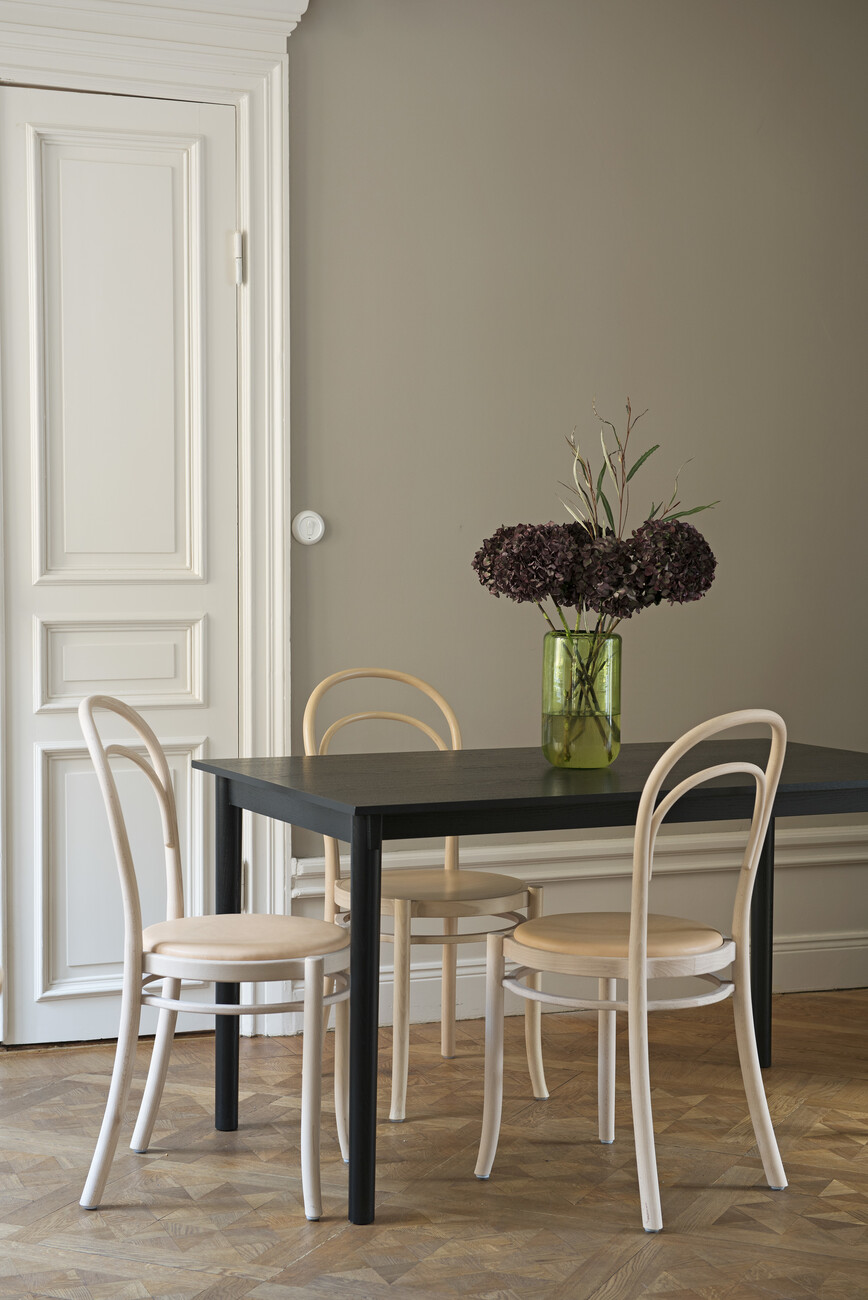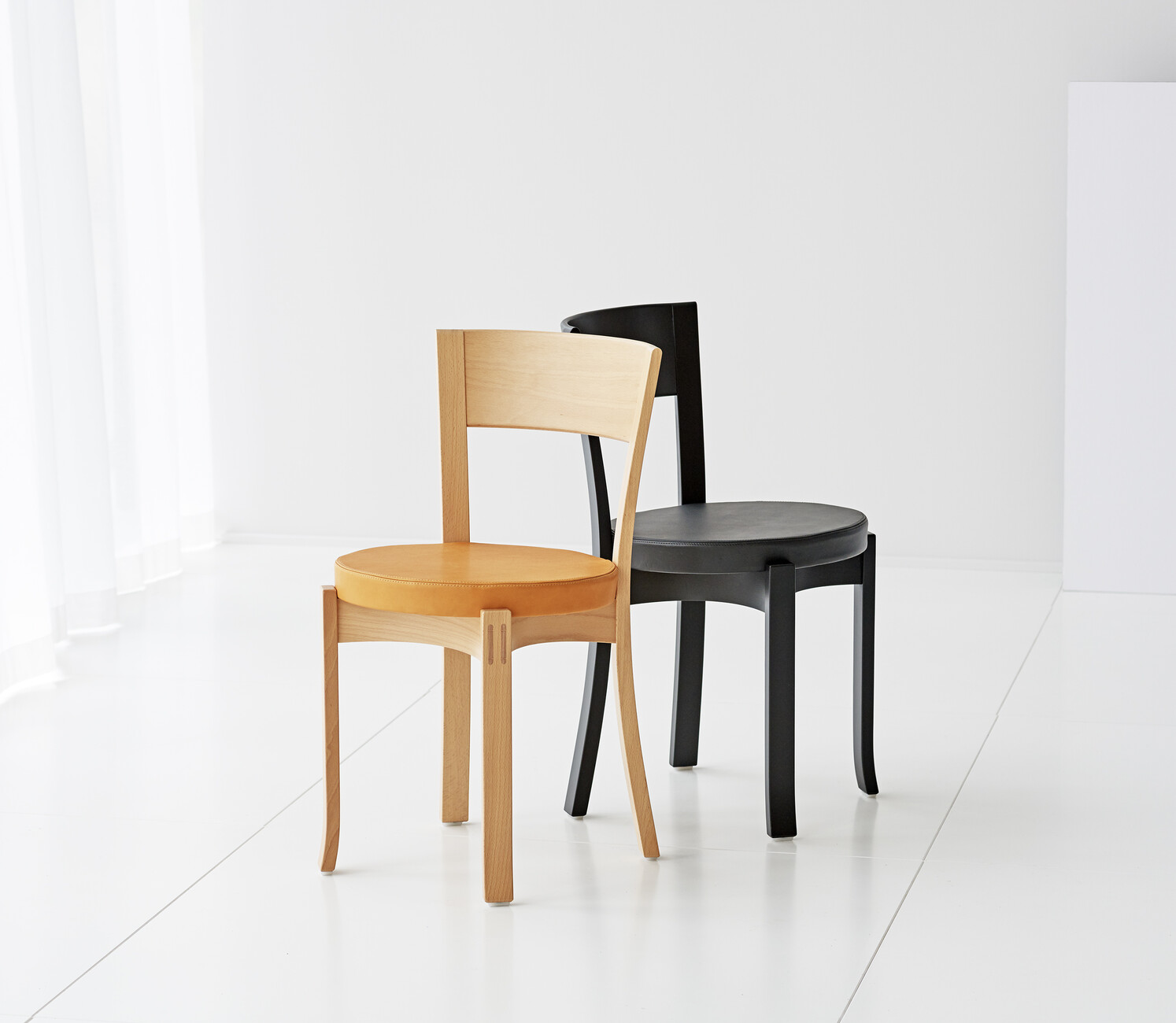A human/wood dialog
“Aesthetic, comfortable and long-lasting” is how the product should be, according to Dag Klockby, who heads up the company together with his wife Anna and his father-in-law, designer and interior architect Åke Axelsson. Axelsson designed his first chair for Gärsnäs, the “S-217,” in 1963. With a consistently keen eye for the requirements of furniture in modern architectural settings, he later presented the “Akustik” range of chairs in the early 2000s, which help to keep background noise in open spaces to a minimum thanks to the sound-absorbing film fitted to the underside of the seat. “Chairs influence our lives more than any other piece of furniture,” says Åke Axelsson. And Gärsnäs has been making them in high-quality wood – primarily the local varieties of ash, oak and beech – since its foundation 126 years ago. It has stayed true to its roots ever since – including with regard to production. Since the beginning, the location of the Gärsnäs workshop has remained within the southern Swedish village of the same name. Every week Dag Klockby makes the trip from Stockholm to the small town close to the forest so that he can monitor production. “It’s very important to maintain consistent quality and look at things in detail,” he says, adding: “Items of furniture are almost like tools for human beings. They are supposed to make life easier.”
Long-lasting and functional
The trio is now working with renowned designers like Inga Sempé, Färg & Blanche and David Ericsson to explore the possibilities of woodworking and new levels of precision thanks to current CNC technology. Just recently, the company’s latest creation premiered at the Salone del Mobile in Milan: “Viva” is the name of the new Gärsnäs chair, created by designer and interior architect David Regestam from architecture firm Wingardhs. With a comfortable seat made of recycled textile covered with leather or fabric and a lightweight wooden frame as its base, the chair appears very comfortable and scores points for the simple elegance of its form. The structure of the design is functional in its orientation: The seat is simply placed on the frame together with its cover and fixed in place with straps. The wide variety in the characters of the chairs produced by Gärsnäs becomes apparent in a comparison with another innovation this year, the “Hedda” chair. Designer David Ericsson took inspiration from traditional Chinese and Greek chairs for his creation, and the result is very robust: The rounded backrest made of solid wood gently curves away at its ends and supports the back, while the base is reinforced and embellished with side struts. The seat surface is tightly woven, a process carried out by hand using 166 meters of paper cord.
The extent to which sustainability accompanies every step in the manufacturing of Gärsnäs products is revealed by a look at its production. All the materials used are as environmentally friendly and recyclable as possible. Careful utilization of raw materials and energy and the constant search for environmentally friendly alternatives are principles that have guided Gärsnäs right from the beginning. The company is certified with the international environmental management standard ISO 14001 and most of the products bear the “Möbelfakta” Swedish seal of quality. “Awareness of the need for sustainable production has grown among customers too over the last few years,” notes Dag Klockby, and it’s something he’s happy to see. His company, he says, is more interested in showing the extensive know-how with which the handmade furniture is produced, rather than limiting itself to exhibition in a showroom. Part of this is a restoration service, which Gärsnäs offers its customers at its site in southern Sweden. “We produce furniture for people, so for us, dialog with our customers is crucial,” says Dag Klockby.
